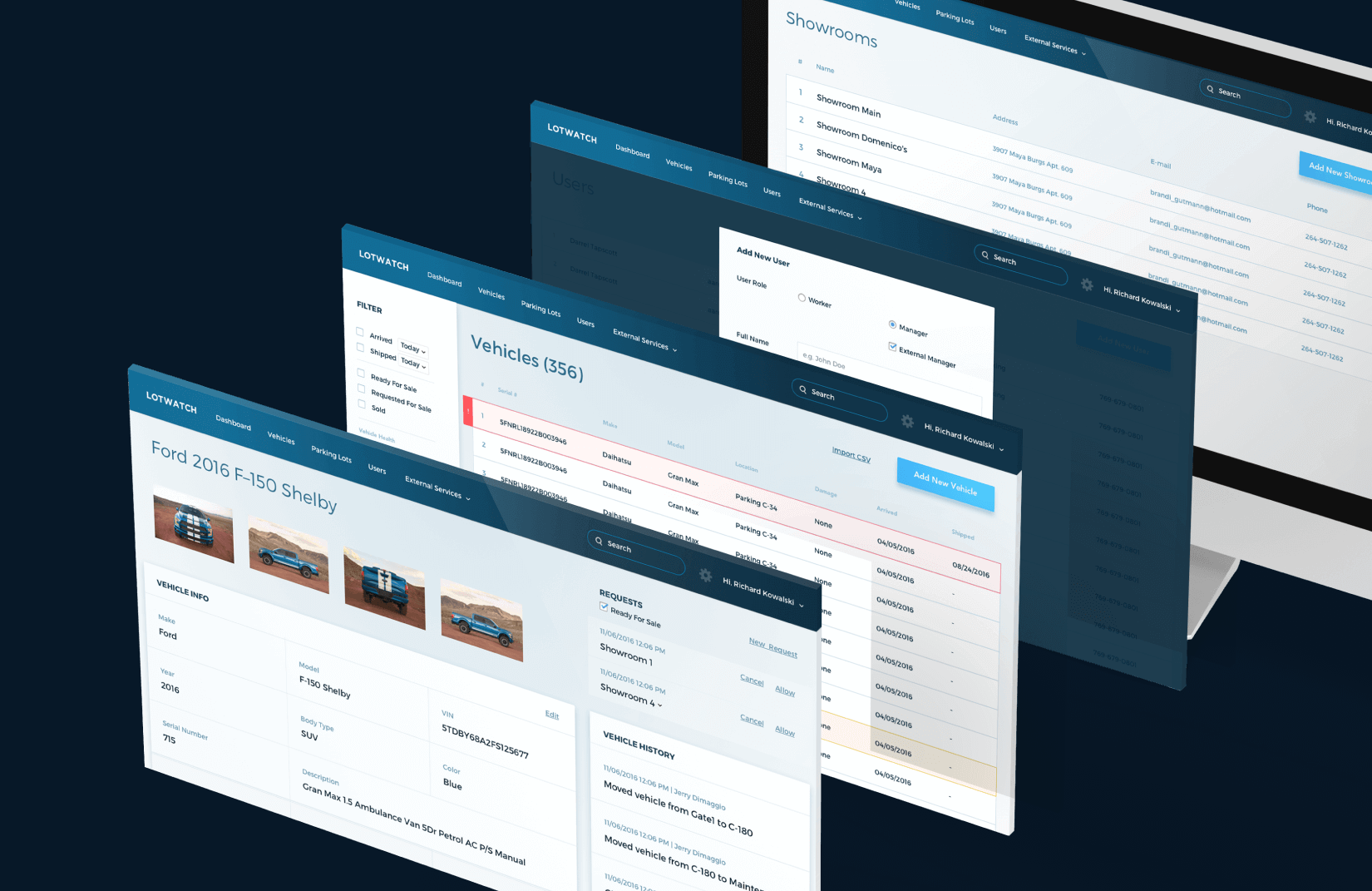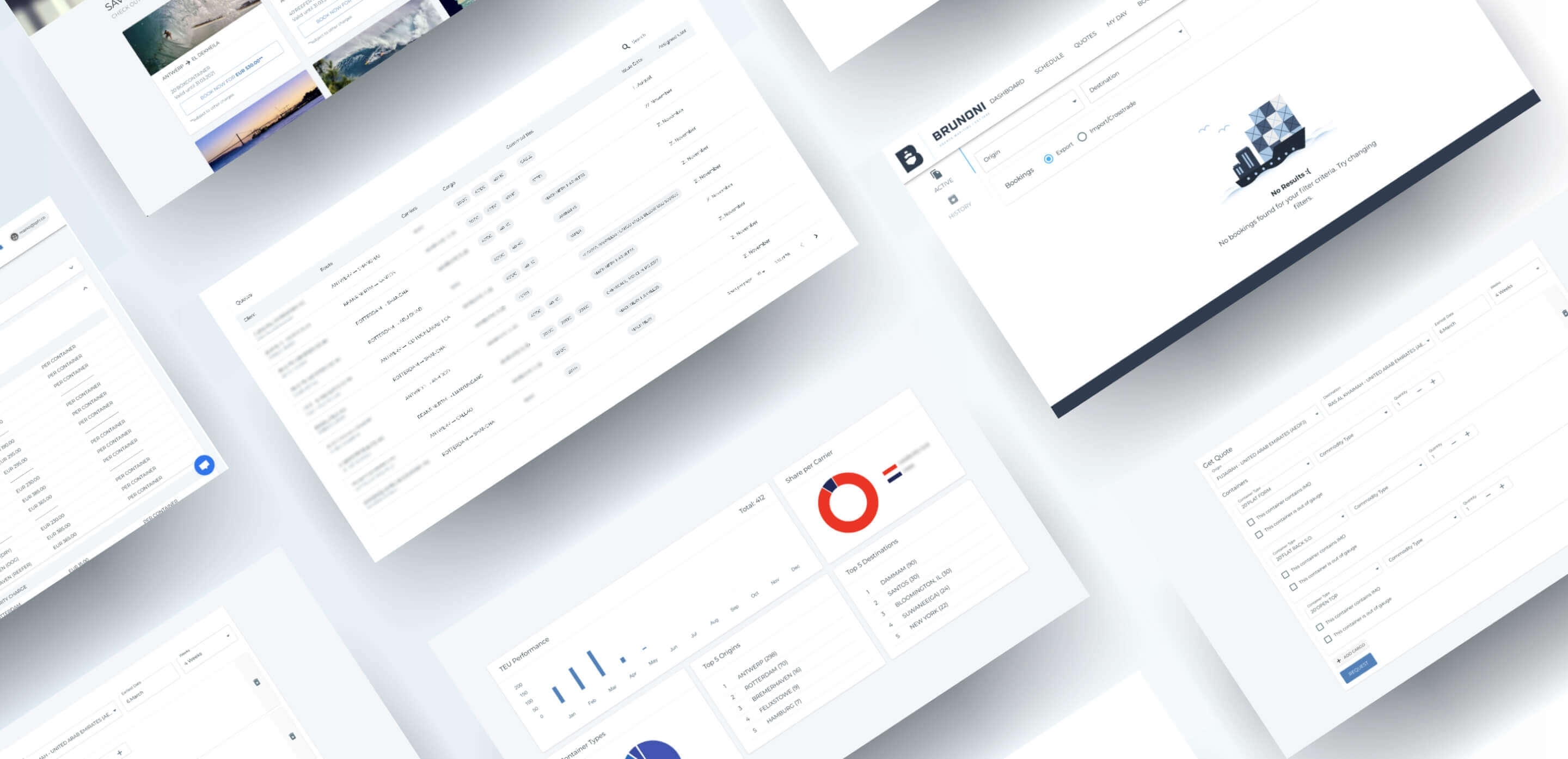The world of logistics is moving faster than ever. While trucks, ships, and planes remain essential, the real competitive edge increasingly lies in the digital realm. It's no longer just about moving goods from A to B; it's about orchestrating complex supply chains with intelligence, visibility, and efficiency driven by software. This shift is changing how logistics companies operate, interact with customers, and manage their intricate networks.
The New Operational Reality: Driven by Data and Code
Why the change? The pressures are immense. Customers expect real-time tracking and faster deliveries thanks to e-commerce. Global supply chains are more complex and volatile. Managing costs while improving service requires smarter tools. This means moving beyond spreadsheets and legacy systems towards platforms that can:
- Provide Real-Time Visibility: Knowing where assets and shipments are at any given moment.
- Optimize Processes: From warehouse layouts to delivery routes, using data to find efficiencies.
- Connect Disparate Systems: Integrating seamlessly with partners, carriers, and internal tools (like ERPs and WMS).
- Empower Users: Giving customers self-service options and equipping employees with tools that simplify their jobs.
Meeting these needs requires more than just off-the-shelf software. It demands custom solutions built by partners who understand both the grit of logistics operations and the power of bespoke software development. At SpiceFactory, we bring these worlds together. We work closely with logistics companies to identify their biggest operational challenges and build targeted software solutions that deliver real results.
Technology That Makes a Difference in Logistics
Several technologies are key enablers in this transformation:
- IoT and Sensors: Devices on vehicles, containers, or even pallets stream location and condition data, forming the backbone of real-time visibility and asset management.
- Data Analytics & AI: Turning raw data into actionable insights – predicting delays, optimizing routes, forecasting demand, or identifying maintenance needs before they cause downtime.
- Cloud Platforms & APIs: Providing the scalable infrastructure and connectivity needed to link various systems and partners together into a cohesive digital ecosystem.
Solving Real-World Logistics Challenges: From the Lot to the Liner
Theory is one thing, but practical application is what matters. Let's look at how we've helped logistics companies tackle specific challenges:
1. Taming Complexity in Asset Management
Imagine managing a large vehicle dealership lot with thousands of cars and constant movement between sales, service, and storage. Manual tracking is slow and error-prone. Miotiv, an IoT provider, needed a robust system (LotWatch) to provide real-time visibility and control.
The challenge wasn't just tracking locations; it was managing the complex workflows associated with each vehicle. We approached this by building a system that didn't just store the current status, but recorded every significant event, including vehicle check-in, movement to service, status change, etc. This approach known as event sourcing creates a reliable, auditable history.
Why does this matter? It allowed LotWatch to:
- Provide accurate, real-time dashboards for managers.
- Enable staff to update vehicle status easily via mobile apps.
- Trigger automated notifications for tasks like maintenance.
- Dynamically adjust workflows based on user roles and changing needs.
The result was a dramatic improvement in lot efficiency and vehicle management, directly addressing the core operational complexity.
2. Digitizing Core Shipping Operations: The Brunoni Platform
Brunoni, a major Swiss liner agency, faced challenges common in shipping: cumbersome manual quoting and booking processes, lack of transparency for customers, and disconnected internal systems. They needed to modernize.
Our focus was twofold: improve the customer experience and streamline internal operations. We built the MyBrunoni platform:
- For Customers: An intuitive portal to easily search schedules, get quotes automatically, make bookings, and track shipment progress with clear checklists.
- For Employees: A task-focused internal system. Instead of drowning in paperwork, quotes and bookings became digital tasks automatically assigned to the right teams. A 'My Day' feature gave staff a clear list of priorities. Integrated commenting kept communication tied directly to specific bookings.
How did we handle the technical complexity? Shipping involves integrating with numerous carriers, accounting systems, and other third-party services. We leveraged cloud services, specifically Google Firebase (Backend-as-a-Service), to build a scalable, real-time platform that could handle these integrations smoothly without managing complex server infrastructure. This allowed data to flow seamlessly, enabling features like real-time status updates and integration with their existing accounting system for streamlined invoicing.
The outcome? Faster processing, fewer errors, improved communication, more satisfied customers, and employees freed from administrative burdens to focus on higher-value work.
Building Scalable and Secure Foundations
Both LotWatch and MyBrunoni highlight crucial elements for successful logistics software:
- Scalability: Logistics platforms often need to handle large volumes of data and transactions, especially during peak times. Using modern cloud architectures ensures the system can grow and perform reliably under load.
- Integration: The ability to connect seamlessly with other systems (internal and external) is vital for a unified operational view.
- User Experience: Whether for customers or internal staff, interfaces must be intuitive and genuinely helpful in accomplishing tasks.
- Security: Protecting sensitive shipment data, customer information, and financial transactions is non-negotiable. This requires secure coding practices, robust authentication, data encryption, and regular security checks built-in from the start.
Moving Forward with Smarter Logistics Software
Software is changing how logistics gets done, helping companies track shipments better, work more efficiently, and keep customers informed. Building the right software requires understanding both the technology and the real-world challenges of moving goods.
At SpiceFactory, we focus on exactly that: creating practical software solutions tailored to solve specific logistics problems. We combine technical expertise with industry knowledge to build tools that make a real difference in daily operations.
If you're thinking about how technology could improve your logistics, let's talk.


